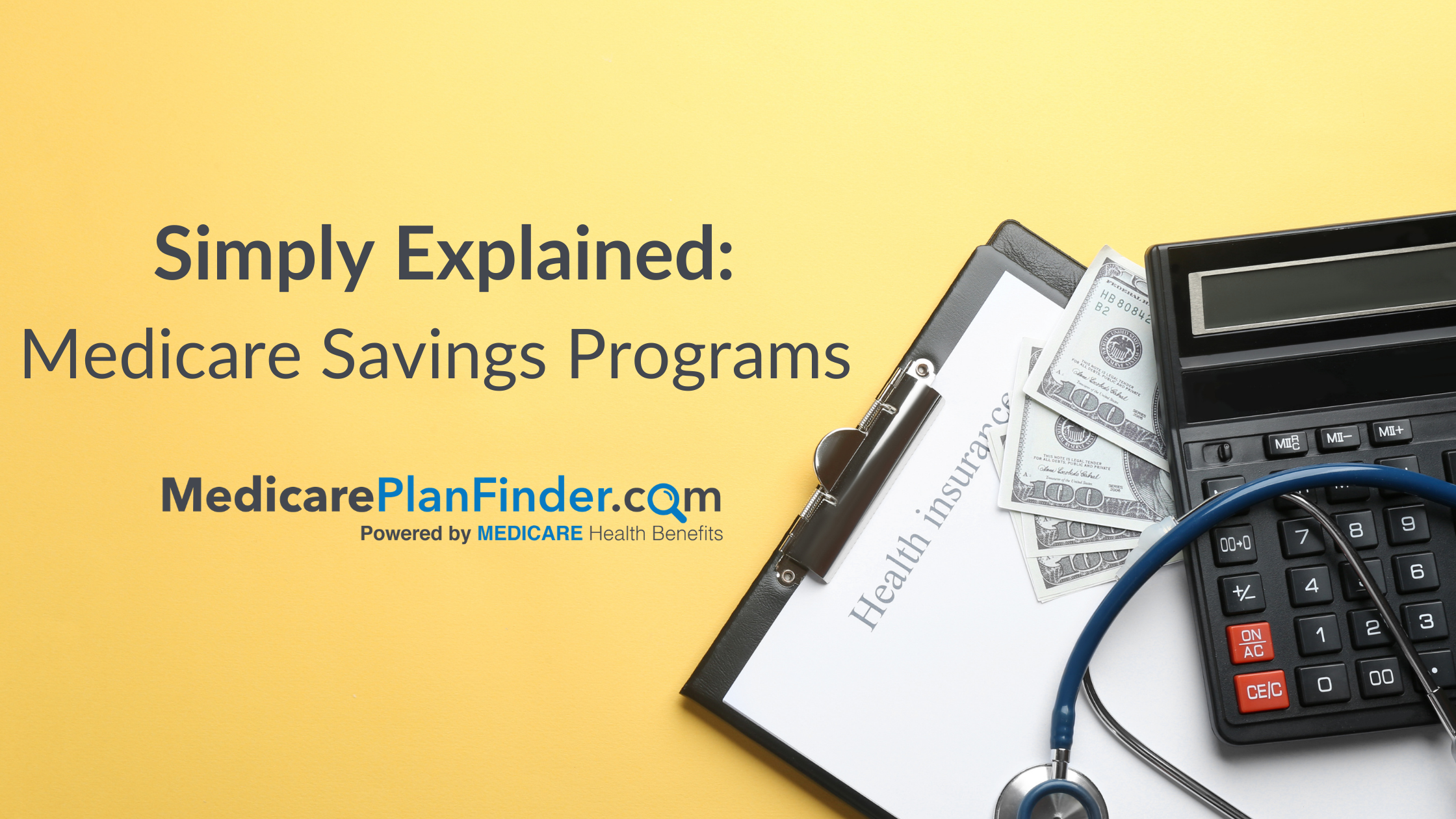
Simply Explained: Medicare Savings Programs
May 4, 2017Medicare Savings Programs
Are you eligible for a Medicare Savings Program? You could be saving hundreds each month by getting help to pay for your Medicare premiums. In some cases, these programs can even pay for other Medicare costs, including deductibles, copayments, and coinsurance.
Medicare Savings Programs, or MSPS, may sometimes be referred to as Medicare Buy-In Programs or Medicare Premium Payment Programs. Enrolling in an MSP means that you will also be automatically enrolled in the Low Income Subsidy (LIS), also called “Extra Help,” an assistance program to help you pay for Part D prescription drug costs. To qualify, you will need to already be enrolled in Original Medicare, or at least Medicare Part A.
MSPs are state Medicaid-funded, and whether or not you’re eligible for enrollment depends on your income and resource level. This is usually based on the Federal Poverty Level (FPL), but some states may have slightly different required income and resource levels.
Resources that are considered in eligibility include:
- Money in a checking or savings account
- Stocks and bonds
- Individual Retirement Accounts (IRAs)
Resources that are not considered include:
- House or car
- Burial plots
- Furniture or other personal property
Our guide will help you determine your eligibility for MSPs. But feel free to ask your agent if you still have any questions.
The are four types of Medicare Savings Programs, each with its own eligibility requirements and benefits:
- QMB (Qualified Medicare Beneficiary) Program – Pays for Part B premiums, and potentially Part A premiums, deductibles, coinsurance, and copayments as well. You may qualify if you meet these requirements:
- Single monthly income of less than $1,084
- Married monthly income of less than $1,457
- Single resources of less than $7,860
- Married resources of less than $11,800
- SLMB (Specified Low-Income Medicare Beneficiary) Program – Pays for Medicare Part B premiums. You may qualify if you meet these requirements:
- Single monthly income of less than $1,296
- Married monthly income of less than $1,744
- Single resources of less than $7,860
- Married resources of less than $11,800
- QI (Qualifying Individual) Program – Pays for Part B premiums. You must reapply every year, and the program operates on a first-come, first-serve basis with priority to renewals. You cannot enroll in the Qualifying Individual Program if you are also eligible for your state’s Medicaid program. You may qualify if you meet these requirements:
- Single income of less than $1,456
- Married income of less than $1,960
- Single resources of less than $7,860
- Married resources of less than $11,800
- QDWI (Qualified Disabled and Working Individuals) Program – Helps pay for Part A premiums. You may qualify if you meet these requirements:
- Working disabled person under 65
- Lost premium-free Part A eligibility after returning to work
- Do not receive state medical assistance
- Meet state-based income and resource limits
- Single income limit of a little over $4,000
- Married income limit of about $5,500
- Single resource limit of about $4,000
- Married resource limit of about $6,000
Still have questions? Speak with an agent today if you aren’t sure if you are eligible for a Medicare Savings Program. Just dial 1-844-431-1832 and one of our licensed agents will help you discover your options.
Updated on November 3, 2020.

